Email Encryption: How can I Encrypt my Emails?
Email encryption is like locking your mailbox with a digital key. In today’s world, protecting your private messages from prying eyes is crucial. Email encryption ensures your emails are seen by the intended recipient and no one else. Think of it as a secret code that keeps your messages safe.
Various tools and methods exist to help with this. From S/MIME to PGP, each offers unique features. Curious about setting it up? Don’t worry. It’s easier than you might think. Whether you’re a Christian conservative entrepreneur or just a fan of secure communication, encryption is your friend. Ready to learn more? Let’s get started on making your email as secure as a private cloud provider.
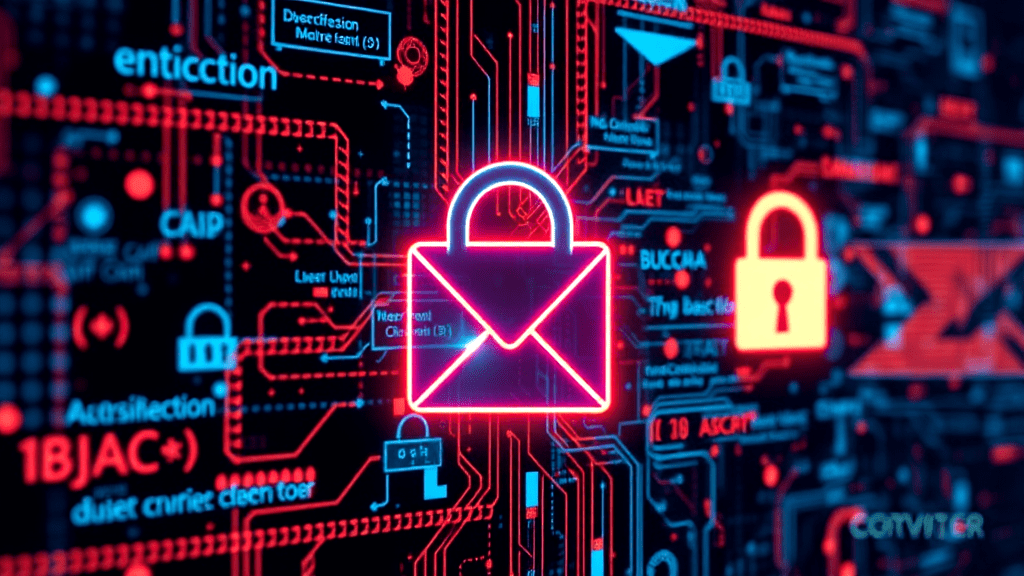
Why Encrypt Your Emails?
Encrypting emails isn’t merely a fancy option; it’s a necessity. Email encryption acts as your digital bodyguard, ensuring no unauthorized eyes pry into your conversations. Without it, sensitive data can easily fall into the wrong hands. Imagine the chaos of leaked secrets—encryption stops that nightmare.
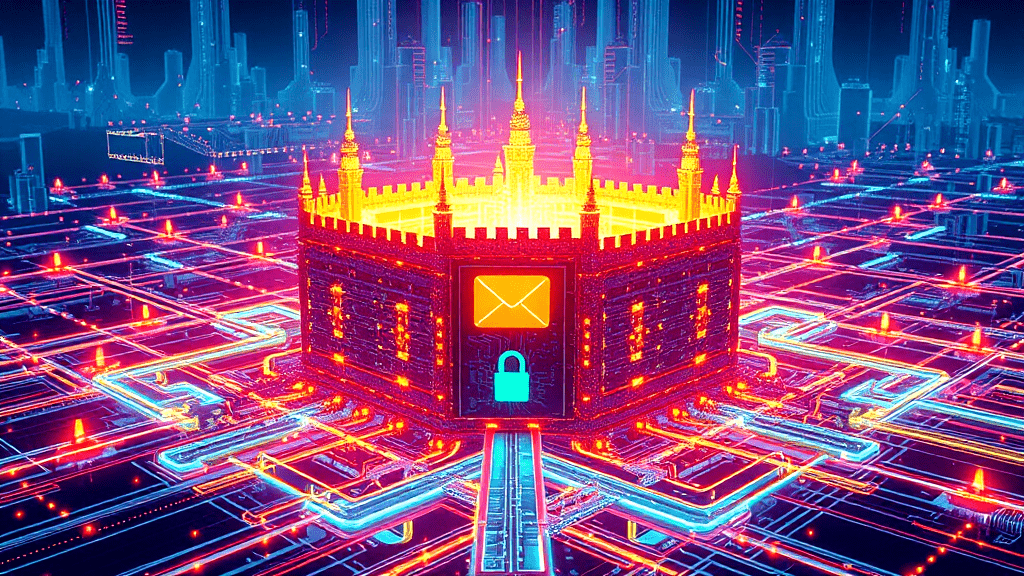
How Encryption Protects Privacy
Transforming your emails into unreadable gibberish, encryption shields your privacy from cyber threats. Encrypted email ensures that sensitive information remains confidential. By using advanced algorithms, email encryption guards against unauthorized access, keeping your personal and professional exchanges secure and private, like a secret handshake in the digital world.
Popular Email Encryption Methods
Exploring methods for securing emails, consider S/MIME and PGP. S/MIME integrates well with most email clients, while PGP stands out for flexibility. Each has strengths and quirks. Choosing wisely boosts your email security, preventing unauthorized access. Ready to secure those emails? It’s simpler than you think!
Differences Between S/MIME and PGP
Exploring the nuances of S/MIME and PGP reveals key differences. S/MIME offers seamless integration with most email clients, enhancing user experience. PGP shines with its robust security and flexibility. However, managing encryption keys in PGP can be tricky. Choosing the right method depends on your email encryption needs!
S/MIME: Strengths and Limitations
Exploring S/MIME’s strengths and limitations reveals a balanced mix of pros and cons. Its seamless integration with email clients is a plus. Yet, potential compatibility issues might arise, especially with diverse systems. Email encryption security remains solid, ensuring encrypted email protection against unauthorized snoops.
| Feature/Aspect | S/MIME Strengths | S/MIME Limitations | Email Encryption Impact |
|---|---|---|---|
| Integration | Easy | Compatibility | Enhances usability |
| Security Level | High | Potential issues | Protects sensitive data |
| User-Friendliness | Intuitive | Limited flexibility | Simplifies encryption |
| Compatibility | Broad | Specific restrictions | Ensures wide reach |
| Setup Complexity | Moderate | Requires knowledge | Secure communication |
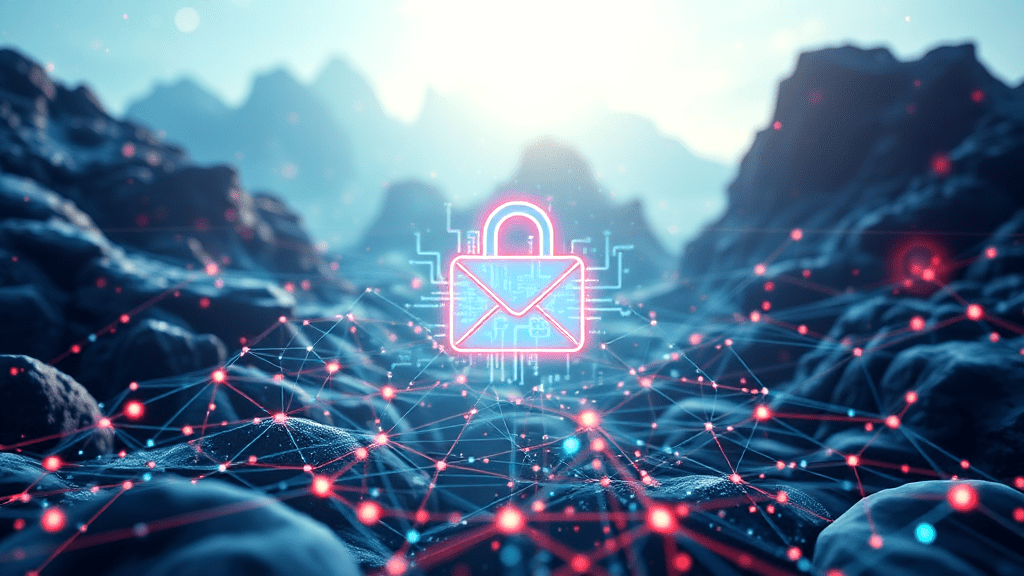
PGP: Features and Constraints
Exploring the attributes and limitations of PGP, it offers high security but demands self-managed keys. This encrypted email method ensures privacy while posing challenges in setup and usage. Here’s a quick list:
- Strong encryption
- Requires key management
- High user control
- Setup complexity
- Broad adoption
Setting Up Email Encryption
Getting started with encrypted email involves selecting the right method, such as S/MIME or PGP, and installing compatible software. Ensure you understand the integration with your email client to streamline secure communication. Consider leveraging team collaboration tools to enhance your encryption setup for freedom tech partner advantages.
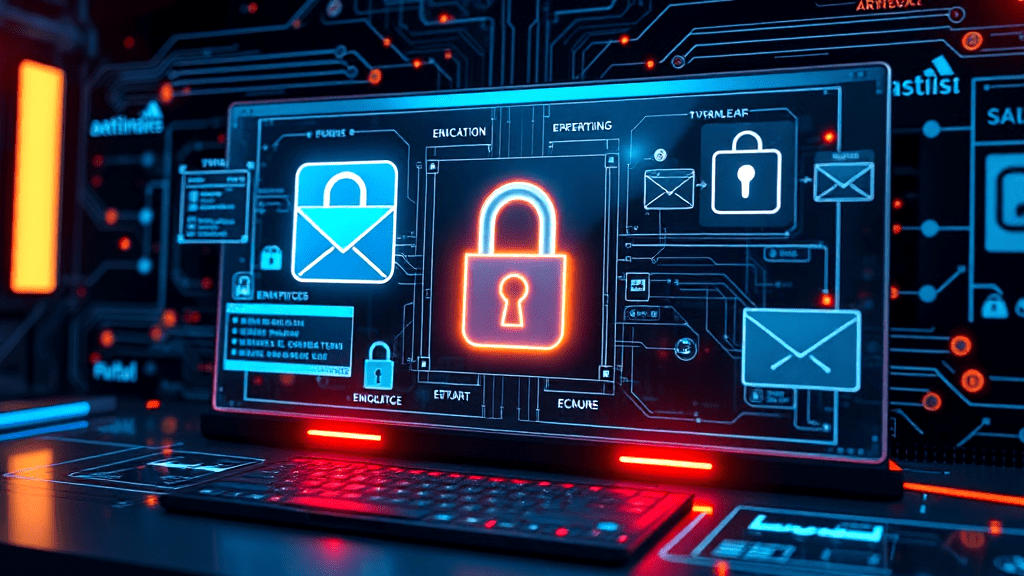
Step-by-Step: Encrypting Your Email
Beginning the journey of email encryption involves selecting a method like S/MIME or PGP. Install the required software and integrate it with your email client. This ensures your messages are secure. Liberation technology services provide tools to simplify and enhance your encryption process, making it accessible.

Common Encryption Tools and Software
Exploring tools and software for encrypted email can be quite the treasure hunt. From ProtonMail to Tutanota, these options offer intuitive interfaces, ensuring your emails stay secure. Email encryption is crucial, so pick the right tool to fit your needs and enhance privacy.
Integrating Encryption with Email Clients
Integrating email encryption with your email client is like adding a lock to your mailbox. Choose a compatible solution, such as S/MIME or PGP, and follow setup instructions. Ensure you select encryption software that aligns with your needs to boost security and maintain privacy.
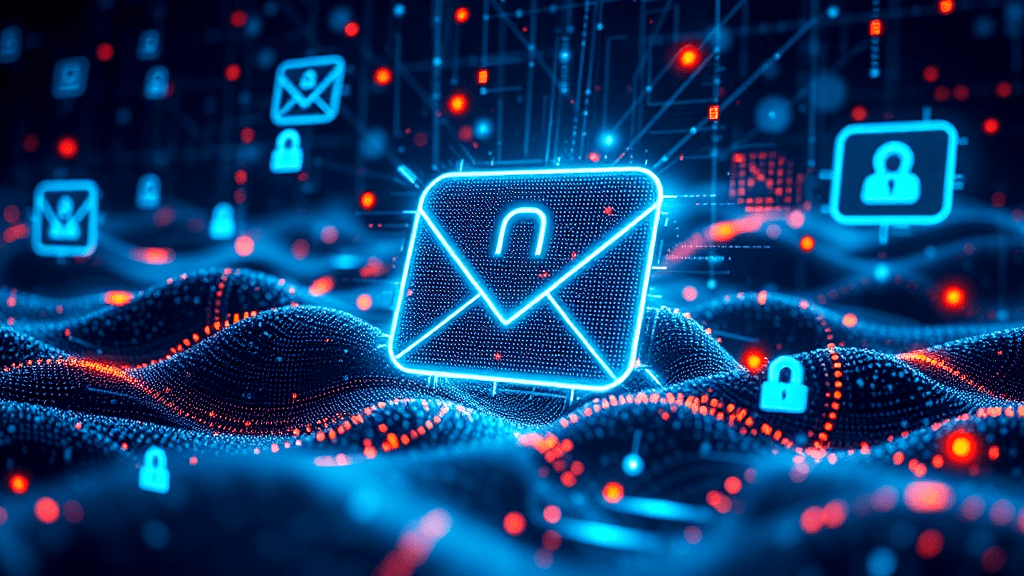
Challenges in Email Encryption
Addressing hurdles in email encryption requires tackling user reluctance and technical barriers. Many users find setting up encrypted email complicated. Simplifying interfaces and providing clear instructions can alleviate these concerns. Ensuring compatibility across devices and systems is another critical aspect, enhancing user experience and adoption rates.
Troubleshooting Encryption Issues
Encryption hiccups can be a head-scratcher. Issues often arise from incorrect configurations or software glitches. Check compatibility between your email client and the encryption tool. Ensure both sender and recipient use the same encryption method. Sometimes, updating your software can solve the issue, too.
Email Encryption Best Practices
In the realm of safeguarding your emails, prioritizing encryption techniques involves ensuring regular updates and meticulous key management. Keep your encryption software up-to-date and manage keys securely to maintain email encryption efficacy. This vigilance is crucial for protecting sensitive data from unauthorized access.
| Practice | Description | Importance | Frequency |
|---|---|---|---|
| Regular Updates | Keep software current to patch vulnerabilities. | High | Monthly |
| Key Management | Securely store and rotate encryption keys. | Critical | As needed |
| User Training | Educate on encryption use and benefits. | Essential | Quarterly |
| Audit Logs | Monitor access to identify suspicious activity. | Important | Bi-annually |
Maintaining Encrypted Email Security
Keeping encrypted email secure is like guarding a treasure chest. Regularly update encryption software and monitor for vulnerabilities. Employ strong, robust security protocols to protect sensitive data. Leverage liberation technology services for better security. Partner with a trustworthy tech partner program for ongoing support and insights.
Future of Email Encryption Technology
Envisioning the path for encrypted email, freedom tech partner innovations are paving the way. Expect seamless integration with email marketing software and even more secure features. Conservative email marketing might evolve with these advancements, ensuring privacy without compromising efficiency or simplicity. Keep your eyes open for these exciting developments.
Frequently Asked Email Encryption Questions
Tackling common questions about encrypted email can feel like a puzzle. How do you ensure your messages stay private? Start by choosing the right encryption method. Is S/MIME or PGP better for your needs? Each has its strengths, so consider what’s most important.
Conclusion
Email encryption isn’t just a tech-savvy move; it’s like locking your digital diary. It keeps prying eyes at bay. You wouldn’t leave your front door open, right? So, why leave your emails unguarded? By choosing the right encryption method, like S/MIME or PGP, you’re adding an extra layer of protection. Think of it as your email’s personal bodyguard.
Setting up encryption might seem like learning a new dance move. But with the right tools and guides, you’ll be twirling in no time. Whether you’re using software or integrating directly with your email client, the key is persistence. With ongoing practice and attention, your emails can remain secure in today’s digital world. So, take the leap, lock it up, and keep your communication safe.


